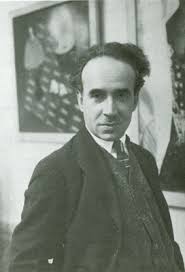
1881 - 1948
David Shterenberg
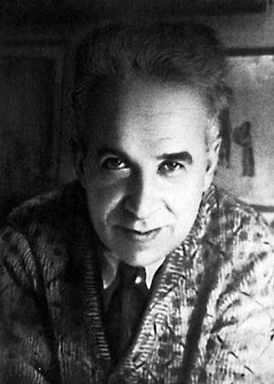
description
An outstanding Ukrainian painter and graphic artist, one of the main representatives of the avant-garde fine art of the first half of the 20th century. He worked in the genres of landscape, portrait, still life and plot painting. David Shterenberg was a talented teacher; among his numerous students and followers, there were such prominent masters as A. A. Deineka and others. A multi-talented personality and creator, he was a book artist and a master of theatrical scenery.
Being ahead of the development of new styles, the artist developed a theory of minimalism in a still life, where elements of Primitivism and Cubism harmoniously combined. He developed and published the program treatise “Tasks of Contemporary Art.” He was awarded the title of Honored Artist of the USSR.
The merit of the master in the world of art is that he defended the fundamental importance of easel painting in the general formation of a new aesthetics of the 20th century being in full solidarity with avant-garde art.
Key ideas:
– In the early works of the master, which were influenced by Impressionism, the artist’s textural searches and his desire to depict objects in motion were already clearly visible.
– The artist’s passion for the problems of texture and volume led him from Futurism to Cubism. The solution to the problem went along the path of overcoming the abstract formalism, which made Cubists deform the reality. Shterenberg’s paintings, although certainly avant-garde, are concrete and graphic.
– The artist liked to depict simple objects: soap, knife and fork, kerosene lamp, bottles. His still-lifes always have few objects – for example, two herring on a simple plate, half a loaf of brown bread – that is all.
– The master emphasized the material from which the objects were made, the structure of their surface. Scanty things depicted with a rough brush in the bare emptiness of the background are vividly flat, and the background itself is devoid of spatial depth. At the same time, their enveloping atmosphere unites them.
– Shterenberg often used relief in his paintings – sometimes the images significantly protrude from the surface of the canvas, exciting material-specific tactile sensations. The effect is enhanced by the fact that the author’s objects are almost always “lonely” – they don’t touch each other.
– In portraits, the artist was true to himself: he combined the maximum generalization with the quite tactile specificity of the image, whether it was an image of an elderly peasant or a rural girl (“Aniska”).
– Thanks to avaricious interiors and backgrounds that look like a majestic emptiness (often cold), Sterenberg, according to art critic A. Efros, reached the “monumentality of the ancient fresco”.
1881
1906
1907
1912
1915
1917
1918
1919
1922
1924
1925
1930
1947
1948
David Shterenberg was born
He was forced to emigrate
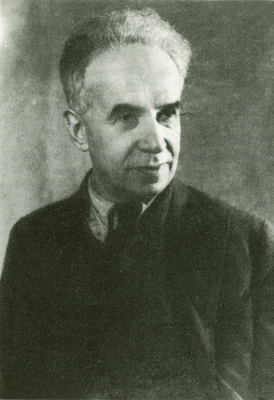
Moved to Paris

He attended painting classes at the Academy of A. Vitti

He presented his paintings at the private Parisian gallery "Boutet Nouvel"
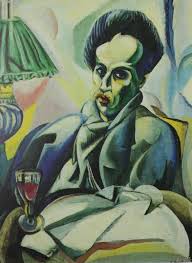
Returned to Russia

"Tasks of Contemporary Art"

The first personal exhibition
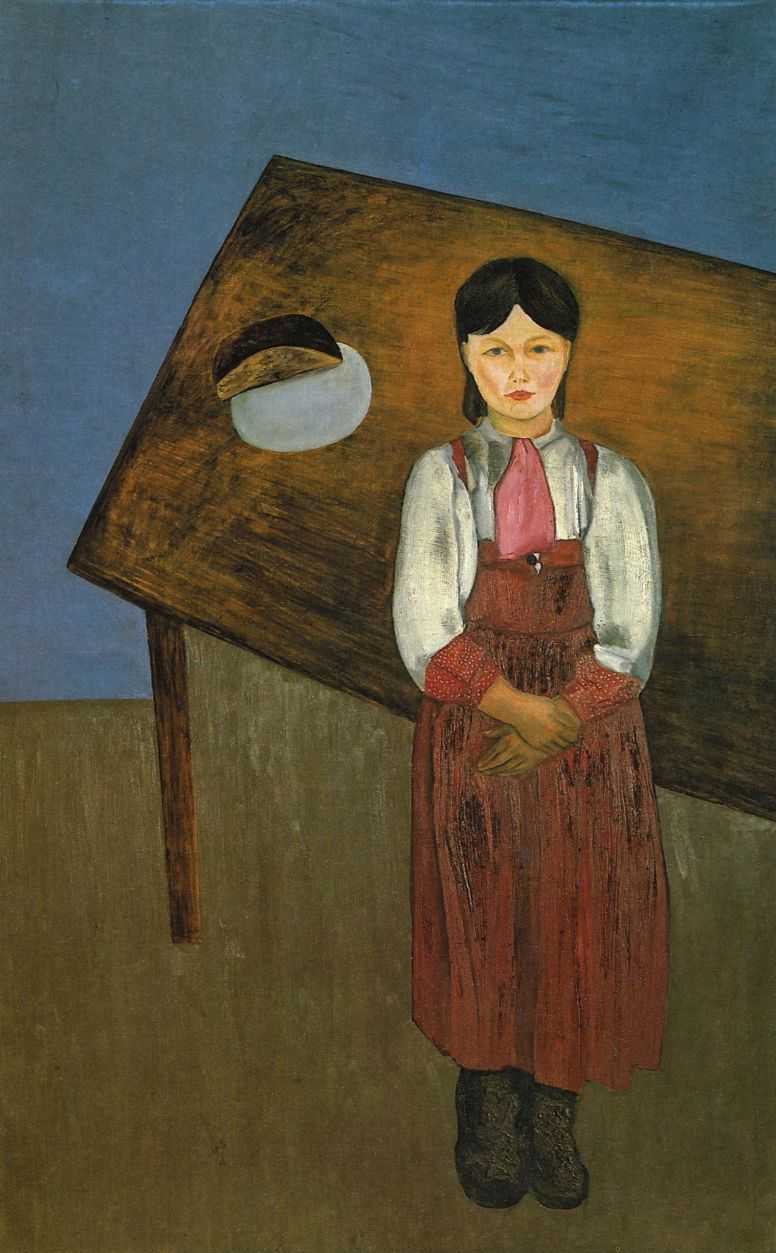
The artist’s joint exhibition with Altman and Chagall was held in Moscow
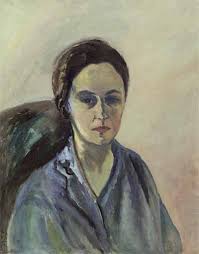
Participated in the 14th International Exhibition of Arts

Became the founder and leader of the Society of Easel Workers

The artist was awarded the title of Honored Worker of Art
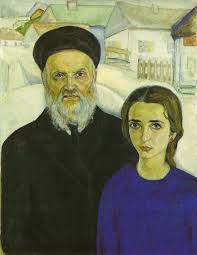
The traits of the new pictorial language with dramatic intonations

The artist died

David Shterenberg
On Artist
flow
Impressionism
Fauvism
Primitivism
Futurism
Cubism
friends
Mark Shagal
Nathan Isaevich Altman
El Lissitzky
Jacques Lipschitz
Moses Kisling
Diego Rivera
artists
Paul Cezanne
Paul Gauguin
Kes van Dongen
Vladimir Davidovich Baranov-Rossine
By Artist
flow
Primitivism
friends
David Shterenberg (son)
Violetta Shterenberg (daughter)
artists
Alexander Deineka
Yuri Pimenov
Alexander Labas
Andrey Goncharov
Peter Vladimirovich Williams
